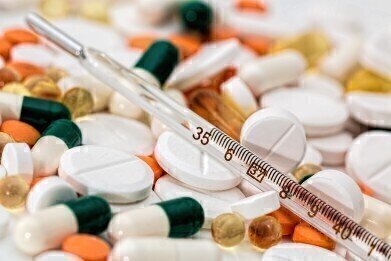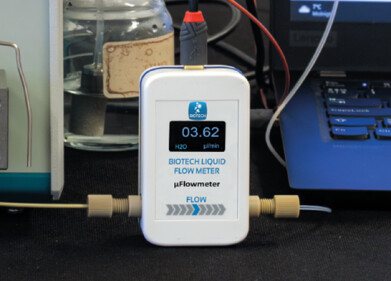HPLC, UHPLC
How is HPLC Used in the Pharmaceutical Industry?
Jan 07 2022
High-performance liquid chromatography has a range of applications, from the detection of chemicals in food production to the identification of drug traces for legal proceedings.
However, one of its most popular uses is in the pharmaceutical industry, as this post will explore…
How HPLC and pharmaceuticals align
Pharmaceuticals refer to products like medicines and drugs which are used to prevent, treat or cure illnesses and disorders. Because of this, it goes without saying that standards are sky-high within the pharmaceutical industry. Put simply, there’s no room for risk when it comes to treating patients.
High-performance liquid chromatography (HPLC) is renowned for its high precision and accuracy. Despite the high costs that are associated with the method, it’s a perfect match for the kind of precise identification and quantification required for pharmaceuticals.
How is it used?
Broadly speaking, HPLC is used to analyse pharmaceutical products (drug and medicine products) for the ingredients they contain. The method is utilised to separate, quantify and identify the various components along with their quantities within products.
Doing so gives developers a better idea of a drug’s properties, with each component’s quantities affecting the overall performance and strength of a product, for example. However, it also allows them to identify and quantify any impurities within pharmaceutical products.
Most importantly, the method lends itself to the analysis of difficult components, including high molecular weights, thermal instability and compounds which are difficult to volatilise. This makes it suitable for the analysis of drugs in both their pure form and dosage form, such as pills, drinks, powders, injections or inhalers.
HPLC and biopharmaceuticals
Another area of pharmaceuticals for which HPLC is used, is the characterisation of biopharmaceuticals. Put simply, these are drug products made within and potentially extracted from living organisms like bacteria or blood cells. It’s a growing area of pharmaceuticals, with many large companies even shifting their focus to biopharma. But it does come with a unique set of characteristics that need to be analysed in the development and production process.
Again, this is an area where HPLC can lend a hand. One example of this is reverse-phase HPLC, which can be used to reveal characteristics at protein level. It separates proteins based on hydrophobicity with solvophobic and electrostatic interactions.
The method is compatible with mass spectrometry, which allows further analysis and identification of particular components. Other characteristics which can be analysed include the levels of glycans, amino acids and peptides. This is discussed in more detail in the article ‘Strategies for the Characterisation of Biopharmaceuticals’.
Digital Edition
Chromatography Today - Buyers' Guide 2022
October 2023
In This Edition Modern & Practical Applications - Accelerating ADC Development with Mass Spectrometry - Implementing High-Resolution Ion Mobility into Peptide Mapping Workflows Chromatogr...
View all digital editions
Events
ACS National Meeting - Fall 2024
Aug 18 2024 Denver, CO, USA
Sep 04 2024 Chiba, Tokyo, Japan
Sep 04 2024 University of Warwick, Coventry, UK
Sep 10 2024 Rockville, MD, USA
Plastics Recycling World Expo Europe
Sep 11 2024 Brussels, Belgium














